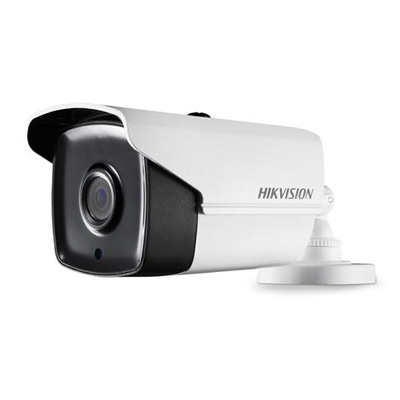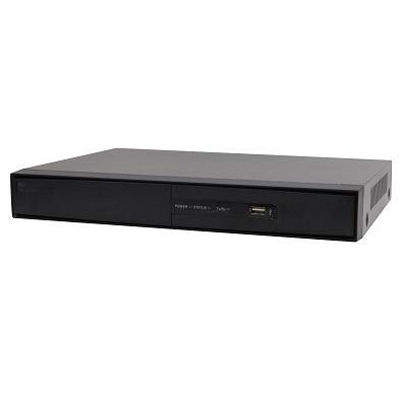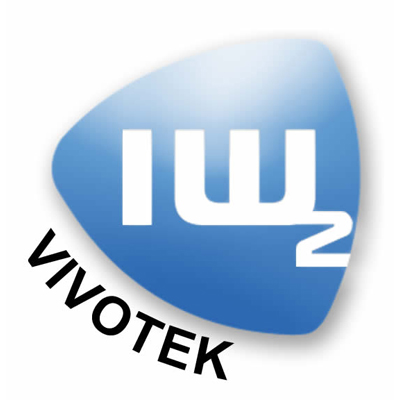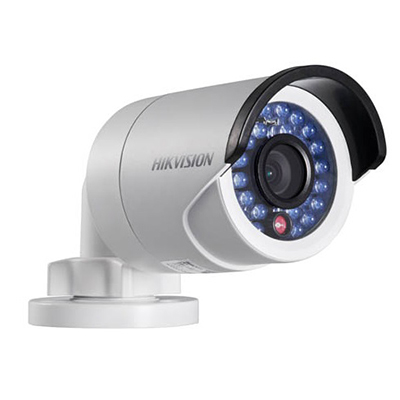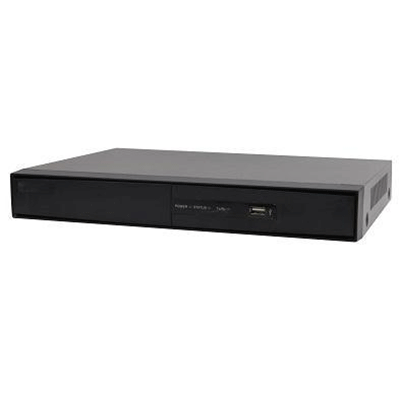Data centres have utilised barcodes and paper inventory to keep track of IT Assets. The combination of physical labour and human error causes excessive inventory time and widens the possibility of inventory omissions with a productivity cost and monetary loss.
At the end of each fiscal quarter, financial institutions, large scale manufacturers, and content delivery network providers need to account for every server that is currently in service, has been moved, replaced, needs replacement, and at the base level, servers and assets that have entered and exited the server room.
Increasing inventory accuracy
An average data centre contains over 10,000 or more data servers. Organised in racks spread among hundreds of rows and containing up to 20 servers per rack, accountability for each server in every rack becomes a challenge to perform accurately and on time. In addition (particularly in the financial sector), companies need to account for and destroy hard disk drives containing confidential information when they reach the end of their lives.
To address the challenge of increasing inventory accuracy data centre managers have turned to RFID
To address the challenge of increasing inventory accuracy and decreasing inventory time and physical labour, data centre managers have turned to RFID. In addition to offering instantaneous identification, the biggest benefit is not requiring a focused line of sight-reading, which is required to read a barcode. This reduces the amount of time spent reading each asset and allows the RFID reader to identify more than one asset in a given instance versus ‘one at a time’ with barcodes.
Small IT assets
The metal-rich nature of a data centre (metal server racks and cases) poses a challenge to the physics of RFID. Metal tends to interfere with an RF signal. The challenge at hand is to use an RFID tag that is rugged enough to survive the day-in/day-out shuffle of servers from one location to another and provide performance that is not hindered by the presence of metal.
Additionally, the physical size and form factor of RFID tags have limited use in applications such as servers and small IT assets due to the limited amount of tag real-estate on an already crowded server faceplate and chassis.
Passive RFID technology
Xerafy offers the Data Trak II, a versatile on/off metal UHF RFID tag in a 1.5” form-factor
Passive RFID technology has traditionally been challenged when attempting to function in a metal-rich environment or when directly applied to metal. Active and Battery Assisted Passive (BAP) RFID and Passive RFID companies such as Xerafy have been able to provide on-metal, rugged tags that meet the challenges of today’s data centres. The latter is widely considered a more viable choice given the absence of a battery that would otherwise limit its operational lifecycle.
Customised to meet the standards of the data centres sector, Xerafy offers the Data Trak II, a versatile on/off metal UHF RFID tag in a 1.5” form-factor that fits nicely on a crowded server faceplate and chassis or can be attached as a hanging tag. The Data Trak II features between 5 and 11 feet (2 and 4 Meters) of reading range on and off metal surfaces.
Completely transparent product
For blade servers or assets where space to fit tags is limited, the Xerafy Titanium Metal Skin UHF RFID label, at 1.77 x 0.22 x 0.03”, can fit within a 2D barcode label. In addition, Xerafy offers RFID tagging solutions for source-tagging, i.e., embeddable into the IT asset (for instance, a server faceplate) and engineered to overcome the immediate proximity of metal. The latter offers a completely transparent product offering at the OEM level versus external tags for equipment retrofitting.
With the use of Xerafy’s rugged on-metal RFID tags, data centers experience the benefits of:
- Real-time asset visibility.
- Inventory management with increased efficiency and accuracy.
- Reduced occurrence of unaccounted assets.
- Stricter adherence to government-mandated asset accountability.
- Relatively short ROI.
- Ability to better manage asset service agreements by better asset maintenance tracking.
IT asset inventory
Overall, data centres have seen approximately 15 times increase in inventory productivity and have reduced the inventory labour and time by 90% through RFID automation. This also includes goods ordering and receiving, as well as goods removal and destruction.
Overall inventory time with RFID saves a total of 6 days in total. In addition, when decommissioned, server disk hard drives are assigned an RFID tag for identification throughout the process, providing real-time visibility to ensure drives have gone through all decommissioning processes and do not pose a threat of accidentally leaving the facility causing a security breach. Also, laptop computers, network routers, and other capital equipment utilise Xerafy RFID tags for IT asset inventory and accountability.








